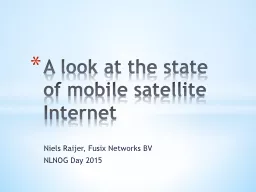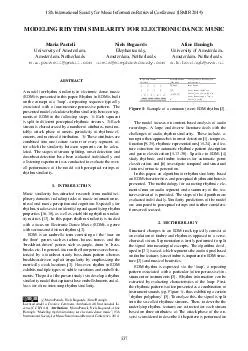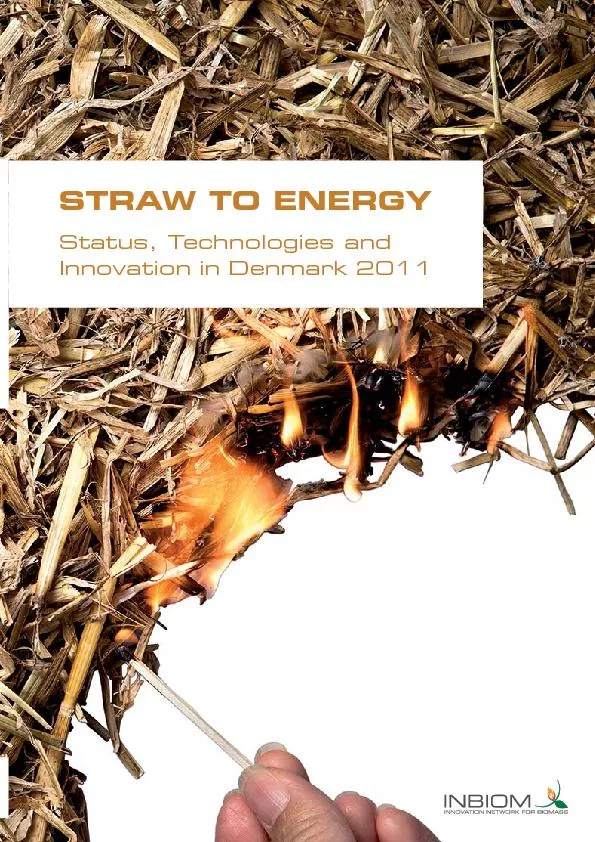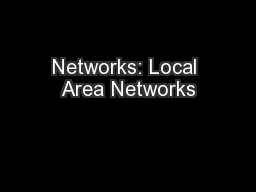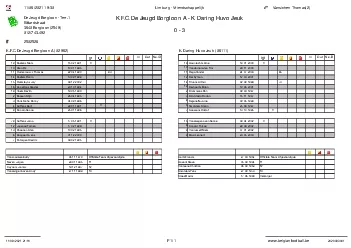PPT-Niels Raijer, Fusix Networks BV
Author : calandra-battersby | Published Date : 2016-07-11
NLNOG Day 2015 A look at the state of mobile satellite Internet Who Am I Owner amp chief architect Fusix Networks Providing networking services to those companies
Presentation Embed Code
Download Presentation
Download Presentation The PPT/PDF document "Niels Raijer, Fusix Networks BV" is the property of its rightful owner. Permission is granted to download and print the materials on this website for personal, non-commercial use only, and to display it on your personal computer provided you do not modify the materials and that you retain all copyright notices contained in the materials. By downloading content from our website, you accept the terms of this agreement.
Niels Raijer, Fusix Networks BV: Transcript
Download Rules Of Document
"Niels Raijer, Fusix Networks BV"The content belongs to its owner. You may download and print it for personal use, without modification, and keep all copyright notices. By downloading, you agree to these terms.
Related Documents

